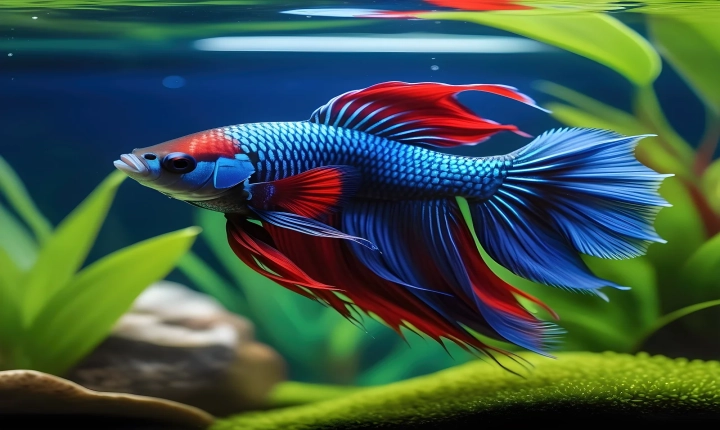Title: Could Photo Filters be Training AI?
As technology continues to evolve, we are witnessing rapid advancements in artificial intelligence (AI) and machine learning. These technologies are being utilized in various industries, from healthcare and finance to entertainment and photography. One intriguing question that has emerged is whether the use of photo filters in social media platforms could be inadvertently training AI.
Photo filters, such as those commonly found on Instagram, Facebook, and Snapchat, allow users to modify the appearance of their photos with a variety of effects. These filters can adjust colors, lighting, and even create artistic effects that transform the original image. While these filters are primarily designed for enhancing visual aesthetics, they could also be playing a role in training AI systems.
One of the key components in training AI is the availability of vast amounts of labeled data. This data is used to teach AI algorithms to recognize patterns, identify objects, and understand visual content. Photo filters generate a tremendous amount of visual data, as millions of users apply them to their photos on a daily basis. This data, often accompanied by user-generated labels such as #sunset, #portrait, or #food, could potentially serve as a valuable training resource for AI.
Consider the example of facial recognition technology. With the widespread use of photo filters that modify faces, AI systems could potentially become more adept at recognizing and analyzing altered facial features. This could have significant implications for security systems, identity verification, and digital privacy.
Moreover, the sheer volume of image data generated by photo filters presents an opportunity for AI to learn about human preferences, visual trends, and cultural nuances. By analyzing the usage patterns of different filters, AI could gain insights into aesthetic choices and changes in popular styles over time. This knowledge could be leveraged in the development of AI-driven creative tools, personalized recommendations, and even predictive analytics for fashion and design industries.
However, there are also potential ethical concerns associated with the use of photo filter data for AI training. Privacy issues, consent, and the potential for unintended biases in the data must be carefully considered. Furthermore, the reliance on user-generated labels in social media data raises questions about the accuracy and reliability of the labeling process.
In conclusion, the use of photo filters in social media platforms could indeed be inadvertently training AI systems. The massive amount of visual data generated by these filters presents a valuable resource for teaching AI algorithms to understand and interpret visual content. However, careful consideration must be given to the ethical implications and potential biases associated with this data. As the intersection of technology and visual culture continues to evolve, it is essential to thoughtfully navigate the opportunities and challenges presented by the use of photo filters in training AI.
